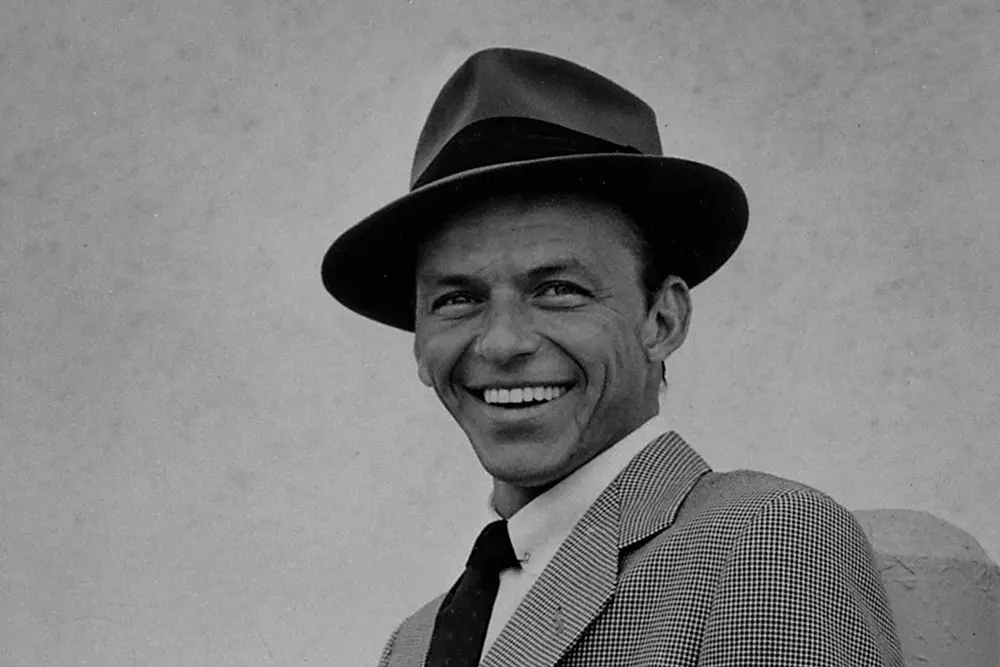The name Marilyn Monroe is known even to those who have never watched her films. She was not just an actress — she was an era, a style icon, and a symbol of the sexual revolution. Her platinum hairstyle, scarlet lips, and captivating smile became a part of popular culture, while she herself embodied the American Dream and its harsh underside.
She traveled a path from a poor and unstable childhood to the status of Hollywood’s leading star Hollywood. Marilyn embodied the dream of millions: to transform from an unknown girl into a beloved diva. Her charisma, natural photogenic charm, and simultaneous vulnerability created a unique combination that continues to captivate and inspire admiration to this day.
She was a woman whose image was shaped by film studios, the public, and journalists, but behind this facade was a deeply sensitive, vulnerable, and intelligent person. Marilyn aspired not just to play the role of a dumb blonde, but to be heard as an actress and as a person. Her struggle for the right to choose roles, for independence, and for respect makes her a figure still relevant today.
Monroe is a cultural code. Her name evokes not only iconic scenes from films but also images of posters, songs, and fashion collections. She became part of the visual DNA of the 20th century, continuing to inspire designers, directors, artists, and ordinary people worldwide.
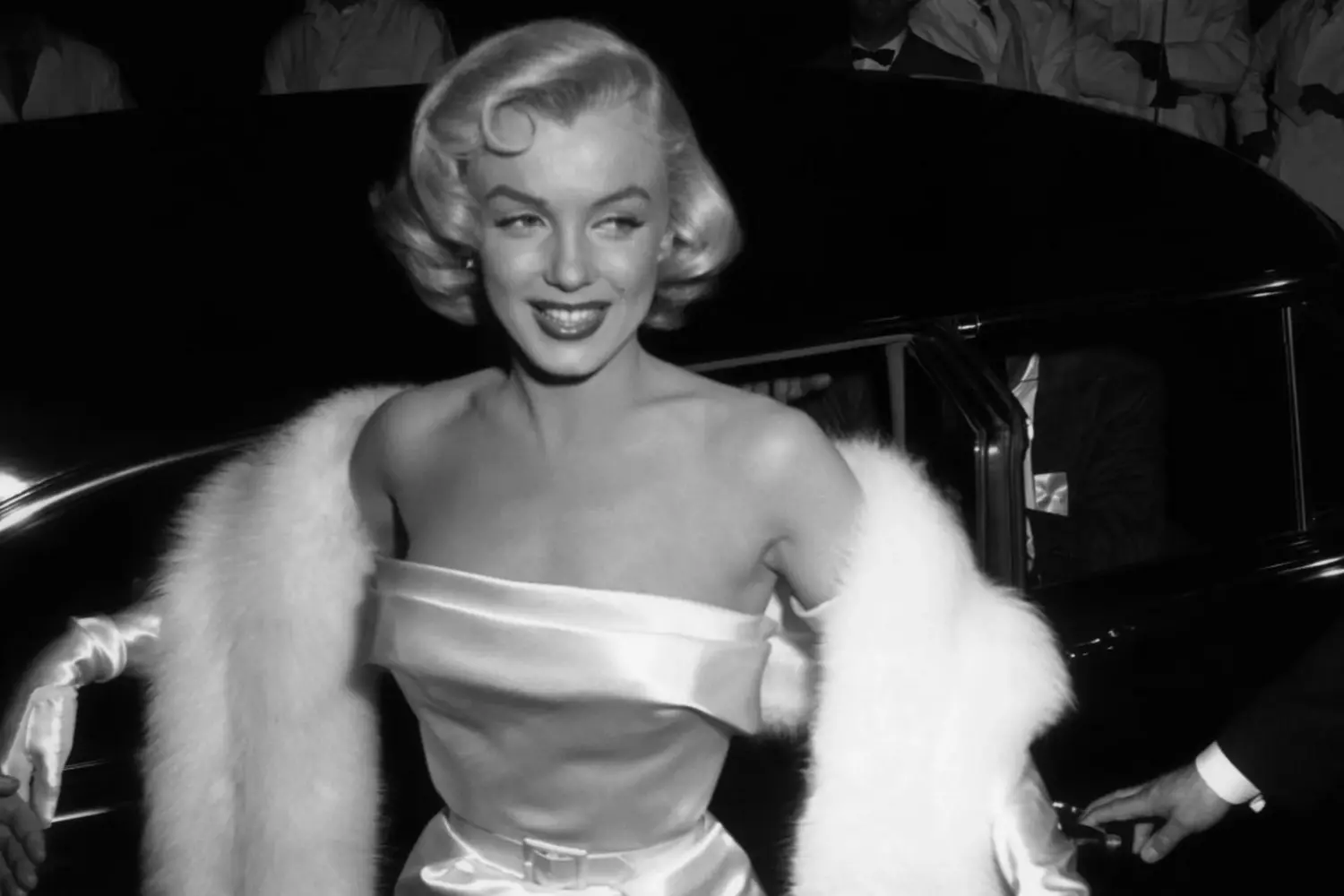
"She was an extraordinary woman—way ahead of her time. But she didn’t know it." — Ella Fitzgerald
From Orphan to Icon: How Norma Jeane’s Childhood Forged a Legend
Marilyn Monroe was born on June 1, 1926 in Los Angeles under the name Norma Jeane Mortenson. Her childhood was far from happy: her mother, Gladys Baker, suffered from a severe mental illness and was frequently hospitalized in psychiatric clinics. The identity of her father remained a mystery, and his presence was marked by absence.
From an early age, fate tested the girl’s resilience. When Gladys finally lost the ability to care for her child, Norma found herself moving through a series of foster families and orphanages. During her youth, she changed homes more than ten times and often felt abandoned, unwanted, and lonely. Those were years filled with anxiety, but it was during this time that the inner core of the future star was forged.
One of the few sources of comfort in her youth was books, old Hollywood films, and photographs of actresses on magazine covers. In this fragile world of fantasies, Norma Jeane found support and a dream: to be beautiful, needed, and famous. Even then, she intuitively understood the power of image and visual code — the very things that would later make her a global icon.
At the age of 16, fearing a return to the orphanage, she agreed to marry a neighbor boy, James Dougherty. This decision was not driven by love — rather, it was a survival instinct. Nevertheless, it was during this period that fate made its first turn: a military photographer noticed the young wife, and her path into the modeling business began. Along with it came a new name and a new life: Marilyn Monroe.
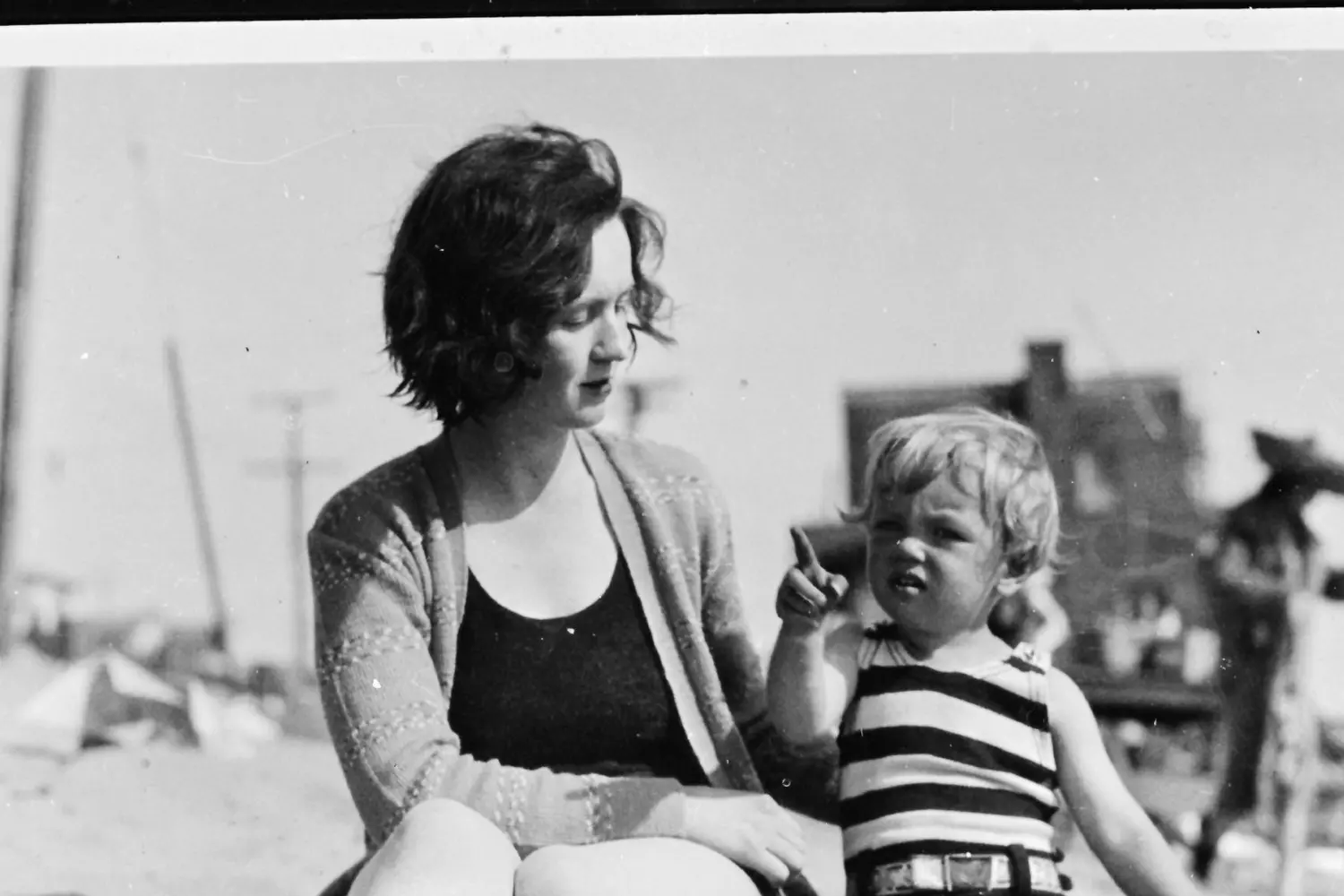
From Factory Floor to Magazine Covers: Marilyn’s Rise to Stardom
Norma Jeane’s journey into the modeling business began unexpectedly. During World War II, she worked at the Radioplane aircraft factory, assembling parts for military planes. It was there that army photographer David Conover noticed her; he had been assigned to capture the contribution of women to the war effort. His photos of the young worker caused a real sensation — Norma Jeane instantly captivated the camera.
Her appearance, blending innocence and allure, was perfect for glossy magazines. In 1945, she signed a contract with the Blue Book Model Agency. Success came quickly: in a short time, she appeared on dozens of magazines, advertising posters, and calendars. It was then that stylists began experimenting with her image — the platinum blonde hair, the classic makeup emerged, and the name Norma Jeane soon became a thing of the past.
However, the ambitious young woman did not stop at a modeling career. She started taking acting lessons and attending auditions. Her first contract with the film company 20th Century Fox came in 1946. That same year, her stage name was born — Marilyn Monroe: “Marilyn” inspired by the Broadway actress Marilyn Miller, and “Monroe” was her maternal grandmother’s surname.
Her initial roles were minor — waitresses, nurses, secretaries. But even in these small parts, Monroe stood out. Critics noted her charisma and that special “something” that’s hard to describe in words but immediately felt on screen.
Interesting fact: In 1947, to further her acting education, Marilyn began studying at the Actors’ Lab in Los Angeles — one of the few places teaching the Stanislavski system. This was an important step in her transformation from model to actress.
With each new role, Marilyn Monroe honed her craft, carving a path in a world that often saw her only as a pretty doll. Her ambitions reached far beyond that. She dreamed of becoming a great actress and, despite all obstacles, step by step, she turned that dream into reality.
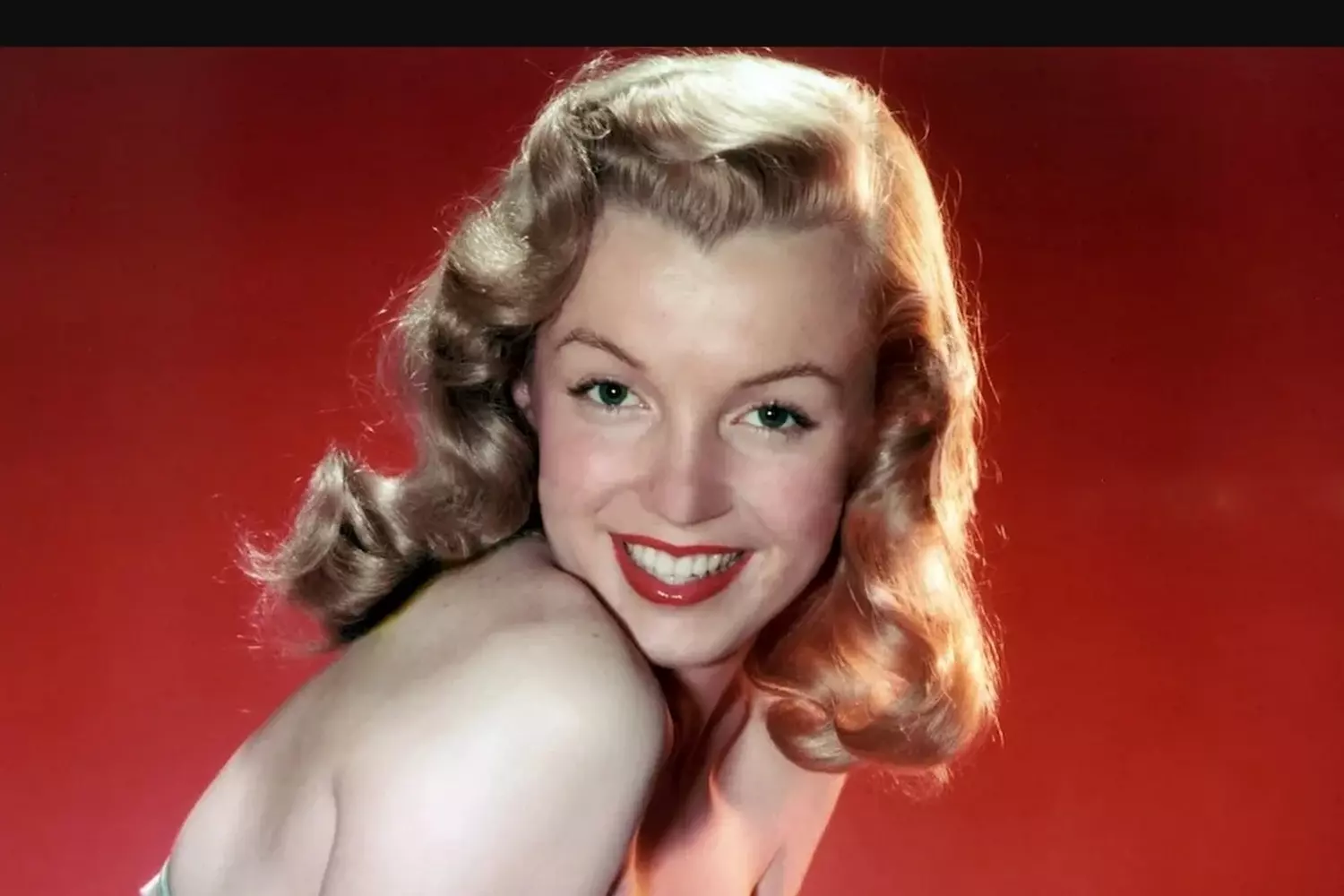
Hollywood Surrenders: How Marilyn Monroe Conquered Cinema
The true breakthrough in Marilyn Monroe’s career came in the early 1950s. After a series of supporting roles in films like “The Asphalt Jungle” (1950) and “All About Eve” (1950), audiences and producers finally began to take her seriously. Even with minimal screen time, Monroe managed to outshine everyone — viewers left the theaters remembering her above all.
By 1953, she starred in three key films that made her a superstar: “Niagara,” “How to Marry a Millionaire,” and “Gentlemen Prefer Blondes.” These movies cemented her image as the “dumb but charming blonde” — a persona she struggled against throughout her life but one that brought her worldwide fame.
Monroe became a public darling, an object of men’s adoration and women’s emulation. But she had no intention of remaining a hostage to this glossy image. Marilyn increasingly showed her determination, demanding more serious roles and fighting for creative independence.
Quote: “People had too simple an idea of me. I wasn’t dumb. I just didn’t let others see how serious I was.”
In 1954, she signed a contract with 20th Century Fox on new terms and founded her own production company, Marilyn Monroe Productions. This was an unprecedented move for an actress at that time. Hollywood wasn’t used to women taking control of their careers, and the reaction was mixed. But this step firmly established Monroe not just as a star, but as a strong personality willing to take risks for self-realization.
Thus began a new chapter in her life — one where Marilyn was not merely playing roles but telling the world about herself. Hollywood fell at her feet — but for Monroe herself, it was a victory earned through struggle and merit.
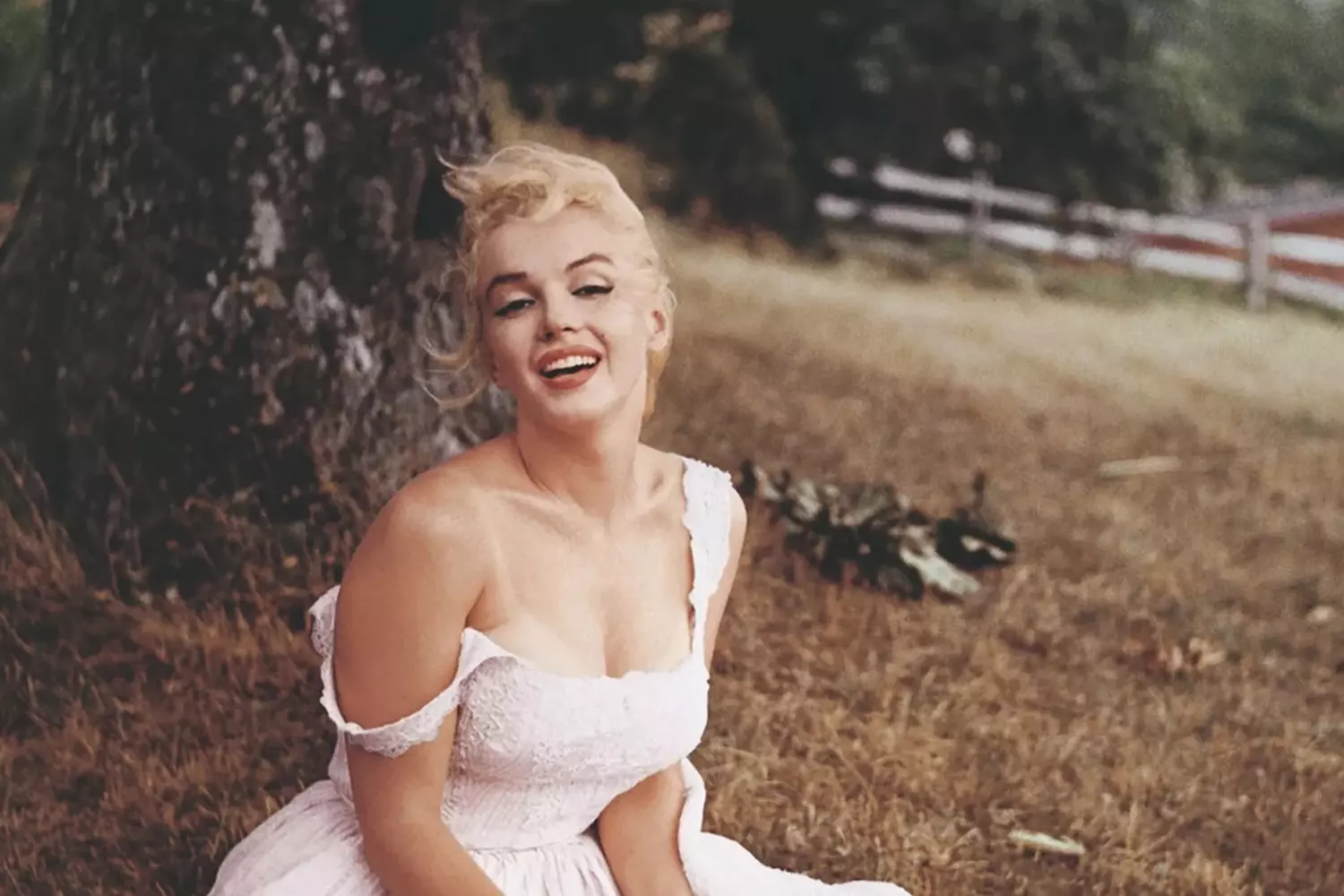
When Music Still Had a Soul: Frank's Story
The Pinnacle of Fame: The Year the World Belonged to Marilyn
In 1955, Marilyn Monroe reached the absolute peak of her career. Her name became synonymous with Hollywood, and every film featuring her turned into a major event.
- “The Seven Year Itch” (1955) gave the world the iconic scene of her white dress billowing over a subway grate. This image became an inseparable part of pop culture and one of the most recognizable icons of the 20th century.
- She began studying acting at the Lee Strasberg Actors Studio in New York, surrounded by acclaimed dramatic artists. This was a bold step for a star of her stature and a testament to her serious ambitions.
- Monroe was not only beautiful but also a strategic thinker. She was changing public perception of herself — from a sex symbol to a serious actress. Her performance in the film "Bus Stop" (1956) received positive critical reviews, and "The Prince and the Showgirl" (1957) with Laurence Olivier solidified her international reputation.
- She became a heroine not only on screens but also on magazine covers, in songs, jokes, and dreams. In the mid-50s, Marilyn Monroe was the woman everyone wanted to emulate and whom half the world desired. Her life was in the spotlight, but for Marilyn herself, it was not enough. She yearned for depth — in roles, relationships, and life.
From 1953 to 1955, Marilyn starred in her most iconic films: “Gentlemen Prefer Blondes” and “How to Marry a Millionaire.” Her characters — glamorous, funny, and romantic — captivated audiences. She became a symbol of femininity and, at the same time, an irony on it.
Monroe became a box office superstar. Her screen presence was a guarantee of success, and her style was copied by women worldwide. However, with fame came pressure. Marilyn began to realize that the image imposed on her was preventing her from emerging as a serious actress.
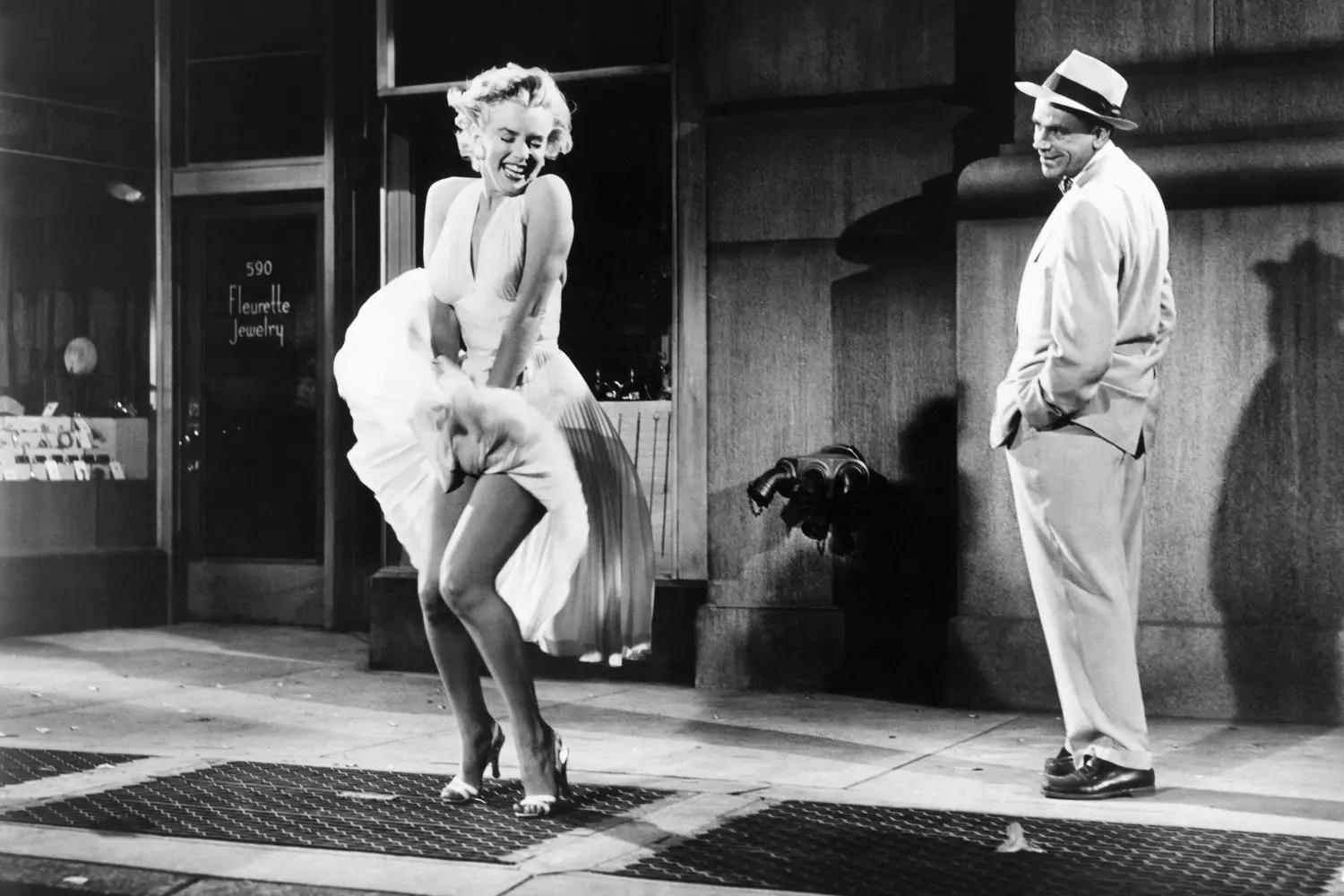
From Icon to Woman
The late 1950s and early 1960s marked a turning point in Marilyn Monroe’s life — a time of searching, change, and deep inner conflict. After moving to New York, Marilyn distanced herself from Hollywood’s glamorous facade and immersed herself in acting, beginning training at the famous Lee Strasberg Actors Studio. There she encountered a method that demanded complete emotional openness. This work became almost therapeutic for her: she learned not only to act but also to accept herself.
In 1957, “The Prince and the Showgirl” was released — a collaboration with Laurence Olivier. Despite tense off-screen relations between the actors, the film was a significant milestone in her career: critics saw in her not just a symbol but an actress with dramatic potential.
However, her personal life increasingly resembled a roller coaster. Her marriage to Arthur Miller, which began with enthusiasm and creative inspiration, gradually turned into a series of misunderstandings. Miller saw her as a muse but did not always understand her inner struggles. Marilyn, in turn, suffered from loneliness, insecurity, and growing dependence on sedatives.
In 1961, “The Misfits” was released — a tragic and profound drama in which Monroe appeared before the audience with a bare soul. The screenplay was written by Miller, her ex-husband, as a farewell and acknowledgment. This film was the last completed in her lifetime.
1962 became the climax of her inner crisis. The cancellation of the film “Something’s Got to Give”, tensions with studios, rumors in the press, and ambiguous ties with the political elite — all this intensified her emotional instability. Her famous performance of "Happy Birthday, Mr. President" in honor of John Kennedy was her final public triumph. At that moment, despite the sparkling dress and dazzling smile, fatigue was visible in her eyes.
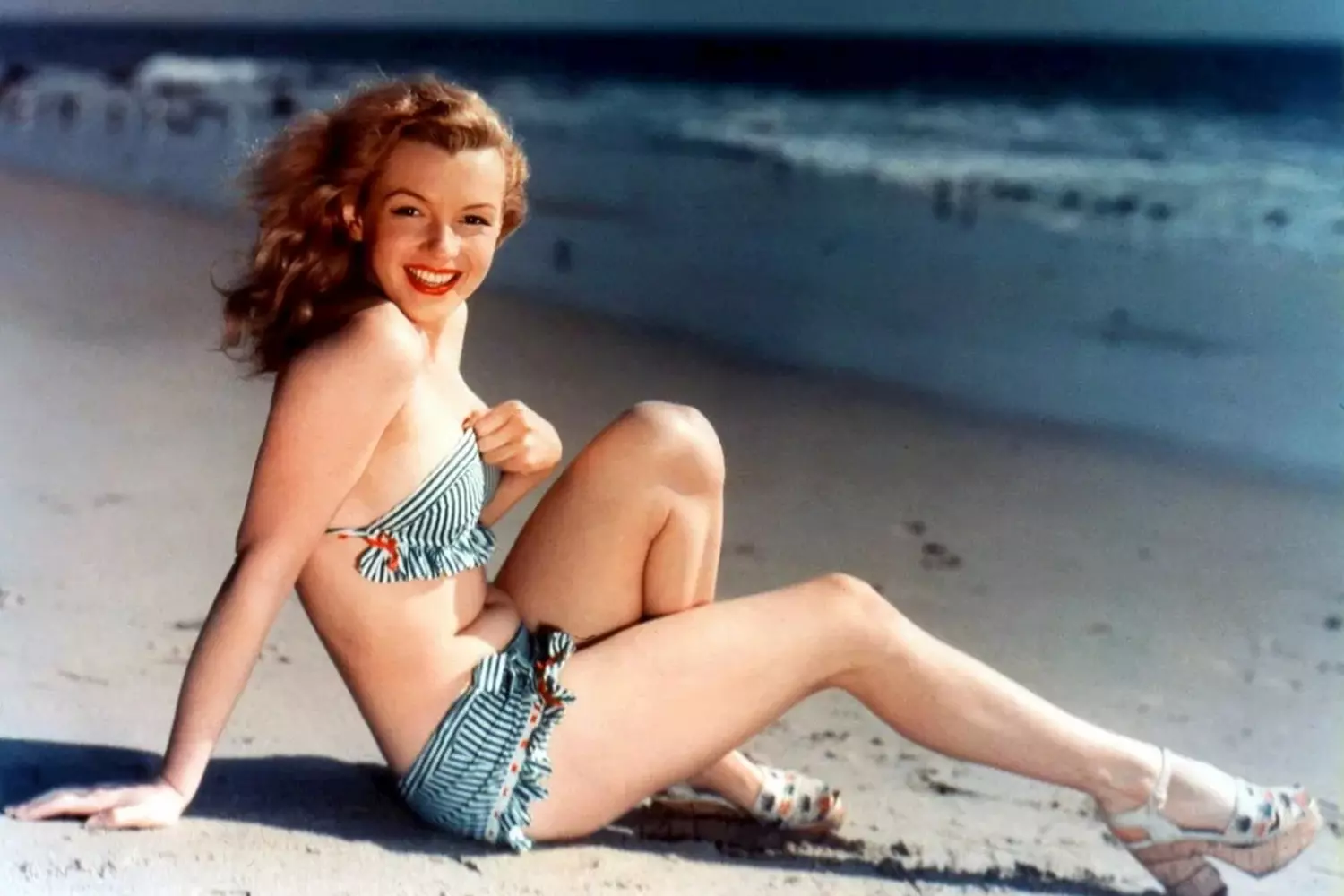
Between the Spotlight and the Shadows of the Heart: Marilyn Monroe’s Personal Life
Marilyn Monroe’s personal life was no less dramatic and complicated than her career on screen. Behind the bright smile and dazzling image of a glamorous star was a woman with a fragile soul, searching for love, understanding, and support in a world often ruled by loneliness and mistrust.
- Her early marriages were attempts to find stability and protection. At 16, she married James Dougherty — a neighbor from her foster family — to avoid returning to an orphanage. This youthful marriage was short-lived but became a milestone in her journey to adulthood.
- Later came the more high-profile relationship with Joe DiMaggio — a baseball legend who was both a support and a source of pain for her. Their marriage was brief but passionate, filled with jealousy and misunderstandings. DiMaggio demanded Marilyn give up her stage persona, while she sought the freedom to be herself. Ultimately, this love turned into a painful breakup, leaving lasting consequences for both.
- Another significant chapter was her relationship and marriage to playwright Arthur Miller. This was a union of two creative minds, full of intellectual conversations, mutual inspiration, and support. However, despite the outward appearance of harmony, their family often faced conflicts related to careers, Marilyn’s psychological state, and her personal demons. Miller saw in her not only a wife but also a complex, deeply vulnerable woman constantly struggling with herself.
Besides her official marriages, Marilyn had many affairs and brief relationships with famous figures — actors, musicians, politicians. Her personal life frequently became the subject of gossip and tabloids, which only deepened her sense of isolation.
Ultimately, Marilyn Monroe’s personal life is the story of a woman who, in her quest for love and recognition, endured trials that made her a symbol not only of glamour but also of human tragedy.
Behind the Glamour: Marilyn Monroe’s Health
Behind the radiant smile, perfect figure, and seductive blonde image was a woman who had to fight daily against numerous physical and psychological problems. Marilyn Monroe’s health is one of the most complex and lesser-known aspects of her biography, helping us understand the price she paid for fame and the attention of millions.
- 01. Fragile on the outside, vulnerable inside
From a young age, Marilyn suffered from various chronic illnesses. She had stomach and digestive problems, frequent migraines, and insomnia. Additionally, she was diagnosed with endometriosis — a painful condition that not only caused severe pain but possibly contributed to her difficulties conceiving. Monroe lost several pregnancies in the early stages, which further worsened her emotional state. - 02. Mental health: loneliness in the crowd
Equally challenging were her psychological struggles. Marilyn experienced intense instability from childhood: she had no father, and her mother suffered from mental illness and was unable to care for her. Young Norma Jeane spent most of her childhood in orphanages and foster families — an experience that left a deep emotional scar. As an adult, she repeatedly sought help from psychotherapists and psychiatrists, trying to cope with depression, anxiety, and a sense of inner emptiness. It is known that she underwent treatment in psychiatric clinics and took medications, including sleeping pills and tranquilizers, which over time began to cause side effects. - 03. Addiction to medication
By the 1950s, Monroe found herself trapped in a dependence on barbiturates and other prescription drugs, which initially helped her manage insomnia and anxiety but later worsened her condition. Fatigue, memory lapses, and mood instability all interfered with her work on set and caused conflicts with directors and colleagues. The drugs became both her salvation and her danger. In an attempt to function in the harsh conditions of Hollywood, she increasingly relied on medication, unaware of how they were destroying her health from within.
Despite all this, Marilyn continued to work, act, sing, and inspire. She demonstrated incredible willpower, coping with pain, exhaustion, and pressure from society and the industry. Her struggle for mental balance and physical health is another facet of her true heroism, one rarely highlighted as vividly as her films or romances.
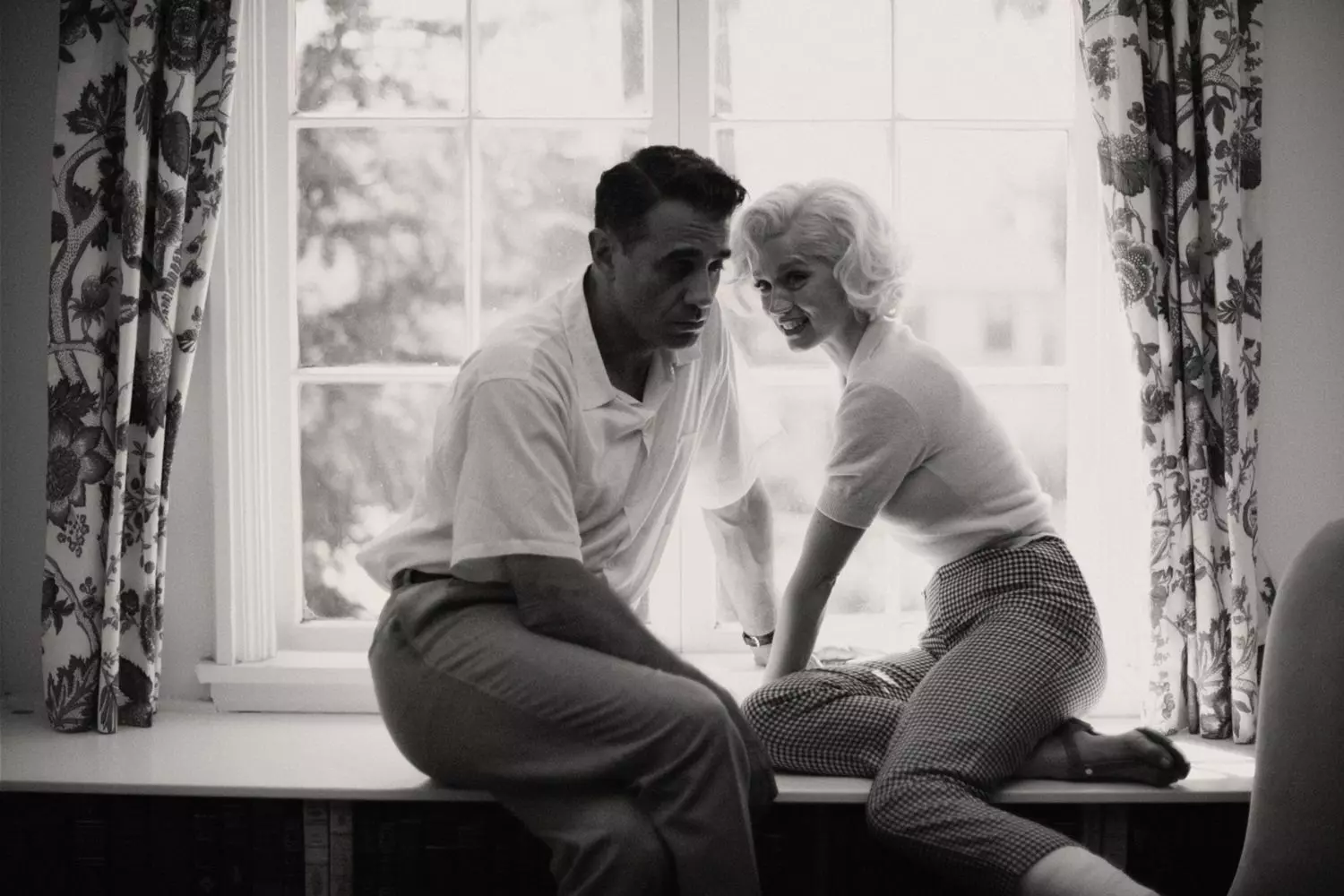
Explosive Headlines and Secret Intrigues: The Scandals Surrounding Marilyn Monroe
Marilyn Monroe’s life was not only about the spotlight and the red carpet but also a constant whirlwind of rumors, scandals, and mysteries. Behind every smile of hers were stories that the press eagerly turned into sensations, and society transformed into gossip.
- One of the most discussed scandals involved her relationships with powerful men, including U.S. President John F. Kennedy and his brother Robert. These relationships remained the subject of speculation and rumors for a long time. There was no official confirmation, but numerous biographers and insiders claim that Monroe was not just close to the political elite, but a kind of magnet for influential figures. The peak of these rumors came with Marilyn’s famous performance of “Happy Birthday, Mr. President” in 1962 — an event forever etched in public memory, but which also sparked many questions and conspiracy theories.
- Another major scandal was connected to her attempts to break free from the strict contracts of Hollywood studios. In 1954, when Monroe signed with 20th Century Fox, she quickly realized the studio saw her merely as a pretty mask. Her fight for the right to choose roles and to create her own production company caused tension and dissatisfaction among powerful producers. Many claimed that her “difficult personality” and “disobedience” were exploited to discredit the actress and undermine her reputation.
- There were also revelations about her struggles with drugs and mental health. Tabloids actively spread rumors about her abuse of tranquilizers and antidepressants, often accompanied by dramatic stories about suicide attempts. These reports evoked sympathy in some and condemnation in others, but undoubtedly added drama to her public image.
The scandals surrounding Marilyn were not just sensationalism for its own sake. They reflect the complex reality in which the star found herself, whose image often slipped beyond her control. They show how difficult it was to be a bright personality in an era when freedom often came at a high price.
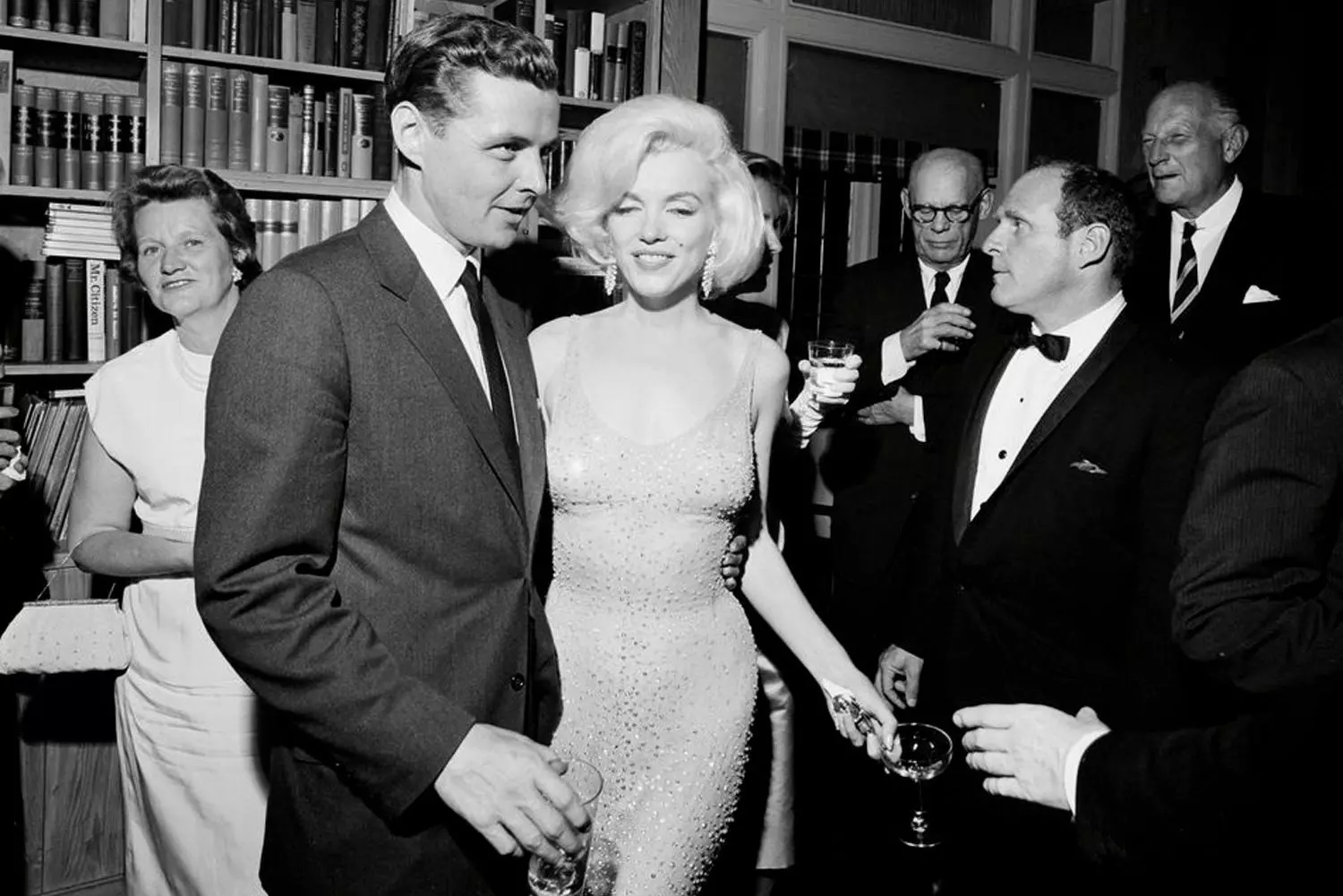
The Final Act of a Great Star: The Tragic End of Marilyn Monroe's Life
The end of Marilyn Monroe’s life is one of the most mysterious and tragic chapters in Hollywood history. Behind the glamour and success lay deep internal struggles that gradually intensified and ultimately led to a tragic outcome.
In the early 1960s, Marilyn’s health noticeably declined. Her battle with depression, chronic insomnia, and medication dependency became a constant ordeal. Despite this, she continued to work and tried to prove to herself and the world that she was capable of more — not just being a symbol of beauty and glamour, but a true actress with profound roles.
The final months of her life were filled with emotional breakdowns, canceled shoots, and conflicts with producers. Monroe increasingly withdrew into herself, surrounded only by her closest friends and assistants. Yet even in this difficult state, she managed to complete work on the film The Misfits, which became her farewell gift to the world.
On August 24, 1962, Marilyn Monroe was found dead in her apartment in Brentwood. The official cause of death was ruled as an overdose of barbiturates — sleeping and sedative medications. Despite the official conclusion of a probable suicide, numerous theories and speculations continue to surround her death, adding to the tragedy and mystery of her image.
Monroe’s funeral took place on September 8, 1962, at the cemetery in Forest Lawn in Los Angeles. Thousands of fans and colleagues came to say goodbye to the actress, and her grave became a pilgrimage site for those wishing to connect with the legend. Among those present were close friends, film industry representatives, and ordinary fans for whom Marilyn was more than just an actress — she was a symbol of an entire era.
Her passing left a void in the world of art and culture, but her memory lives on to this day. Stories about Marilyn Monroe’s life and death continue to inspire writers, directors, and musicians, making her name an eternal symbol of beauty, talent, and tragedy.
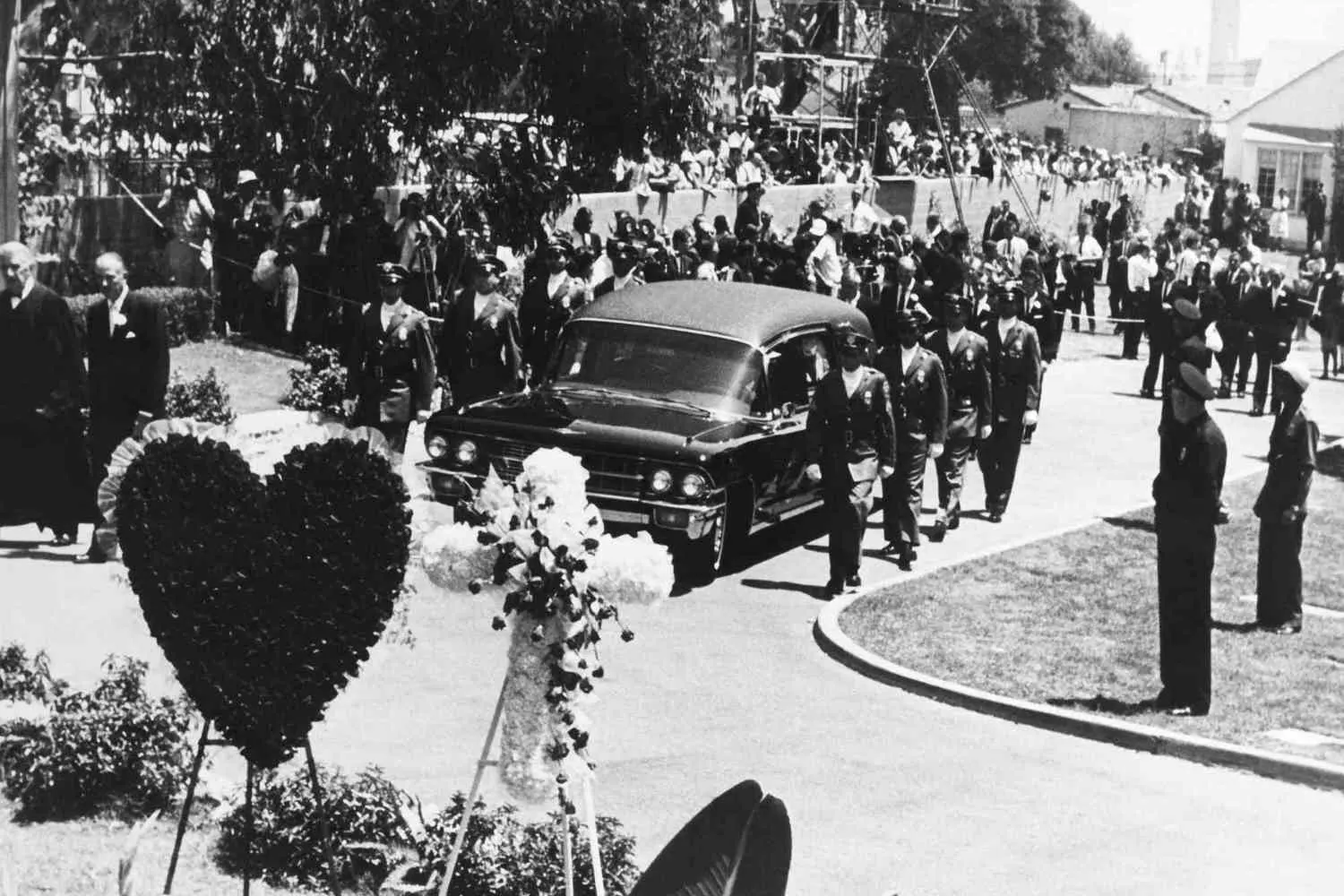
Why She Is Still Loved Today
Many decades have passed since Marilyn Monroe left this world, yet her name and image continue to live in the hearts of millions around the globe. Why has she become such an enduring legend? There are several reasons — each revealing unique facets of this remarkable personality.
- 01. Hollywood classic that never ages
Films starring Marilyn are a true golden collection of mid-20th-century cinema. Movies like “Some Like It Hot” (1959) and “The Seven Year Itch” (1955) do more than entertain — they became benchmarks of comedy and romance genres. They are watched repeatedly, revealing not only charming humor and lightness but also the depth of characters skillfully embodied by Monroe.
Her roles in these films were not limited to beauty and sexuality — she brought vitality, charm, and humanity to her heroines. Thanks to this, her characters remain memorable and vivid personalities, while the films stand as classics that have withstood the test of time. - 02. Style that became a standard of beauty and elegance
Marilyn Monroe is a fashion icon whose style is still studied by designers and stylists worldwide. Her famous white dress from “The Seven Year Itch,” fluttering above a subway grate, became a symbol of Hollywood and sexual allure.
Beyond clothing, Marilyn gifted the world a signature makeup look: bright red lipstick and the iconic “cat eye” eyeliner remain popular elements in makeup trends today. She masterfully combined femininity with boldness, creating an image that appeared both refined and captivating. - 03. Tragedy that gave rise to a myth
Monroe’s early death made her more than just a star — she became a legend shrouded in mystery and sorrow. The public and media began to weave myths around her, adding drama and depth to her image. Conspiracy theories surrounding the circumstances of her death only heightened interest in her persona.
This tragedy leads many to see her not only as a beautiful and successful woman but also as a symbol of human fragility, struggle, and loneliness. Because of this, Monroe remains relatable and understandable to many generations, and her story serves as a lesson about the complexities behind the glamour of the stage. - 04. Energy that lives on and inspires new generations
Marilyn Monroe is not just a figure of the past. Her image and energy thrive in the digital age. Photos of Monroe continue to gather millions of likes on Instagram, her style is emulated on TikTok, and designers incorporate elements of her look into high fashion collections.
She has become a cultural phenomenon, inspiring musicians, actors, and ordinary people toward self-development, confidence, and the courage to be themselves. Her smile and charisma awaken in hearts the desire to live life fully despite difficulties.
Thus, Marilyn Monroe is much more than just an actress or sex symbol. She is a symbol of an era, a style, and a mystery that continues to attract attention and inspire both in art and in the lives of millions worldwide. Her story reminds us that behind every shine and success is a person with dreams, fears, and the strength to fight.
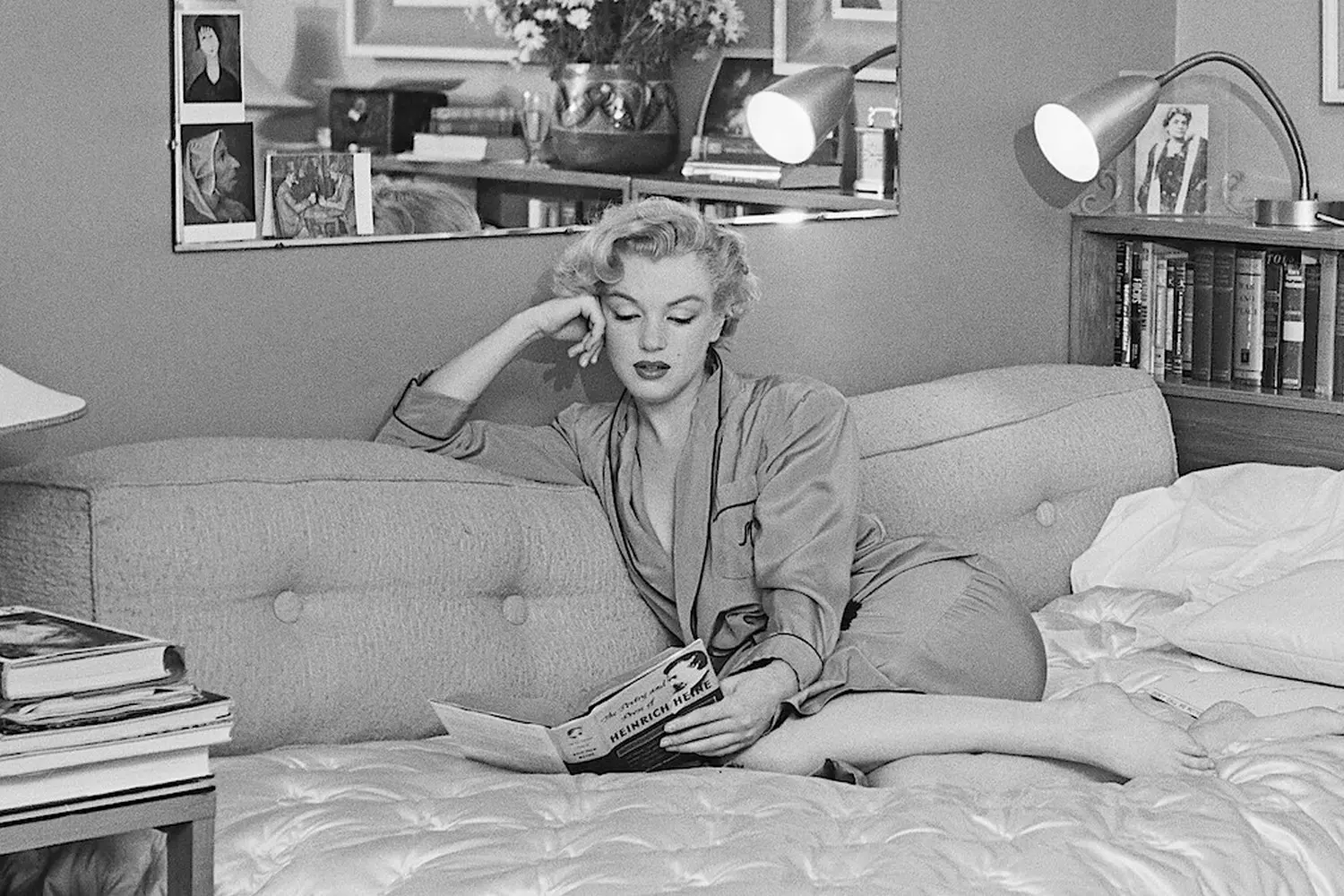
Monroecore — the fashion phenomenon of the 21st century
In recent years, the image of Marilyn Monroe has experienced a renaissance — now within the fashion culture of the 21st century. The phenomenon known as Monroecore represents a stylistic movement inspired by the incomparable Hollywood icon. It is not just a tribute to an actress of the past century, but a whole cultural phenomenon combining aesthetics, confidence, and nostalgia for the golden age of cinema.
Monroecore is a style that draws inspiration from Monroe’s image, emphasizing her signature details that have become symbols of femininity and glamour. It is both retro and modern, a mix that allows you to feel part of the classic era with a touch of freshness and relevance.
On social media, runways, and everyday life, Monroecore has gained many fans — from fashion bloggers to global celebrities. They recreate the legendary look, carefully highlighting the key elements of Monroe’s style that have already become classics.
Main elements of Monroecore
- 01. 50s-style dresses
Light, flowing dresses that emphasize feminine shapes with full skirts and a focus on the waist — the calling card of Monroecore. This is precisely the silhouette in which Marilyn dazzled on the red carpet and in her iconic films. Such dresses create a romantic yet striking look, making one appear elegant and timeless. - 02. Red lipstick
The bright red lip color is an unwavering symbol of Monroe’s style. In Monroecore, red lipstick becomes the accent that highlights confidence and boldness. It’s not just makeup — it’s a statement that a woman can be strong and sexy at the same time. Lipstick with rich pigment and a classic matte finish is a must-have for anyone wanting to immerse themselves in the Monroecore atmosphere. - 03. Platinum blonde
The famous platinum shade of hair is another crucial detail without which Marilyn’s look is impossible. This light, almost snow-white color emphasizes purity and brightness of appearance, creating an effect of mystery and allure. Modern stars and retro enthusiasts increasingly choose this shade to add a touch of classic style to their look. - 04. Classic pumps
Shoes play a key role in Monroecore. High heels, elegant lines, and the sleek design of classic pumps make the walk feminine and graceful, perfectly complementing the entire look. These shoes not only add sophistication but also help one feel more confident and closer to the glamorous 50s era.
Monroecore is not just a style; it is a whole life aesthetic. On Instagram, popular bloggers regularly post photos and videos recreating Marilyn’s image, from her hairstyle to poses characteristic of the star. On TikTok, trends with makeup and outfits reminiscent of Monroe’s era spark waves of nostalgia and admiration.
Moreover, high fashion designers incorporate Monroecore elements into their collections, emphasizing femininity, refinement, and classicism. Dresses with a waist accent, expressive makeup, and elegant accessories — all this repeatedly confirms that Marilyn Monroe’s style is eternal.
This is not just fashion but a genuine cultural movement that revives the legendary image of Marilyn Monroe, allowing everyone to feel like a star of their own time. If you want to touch this culture and try the Monroecore style yourself, now is the perfect moment — because classics are always in fashion!
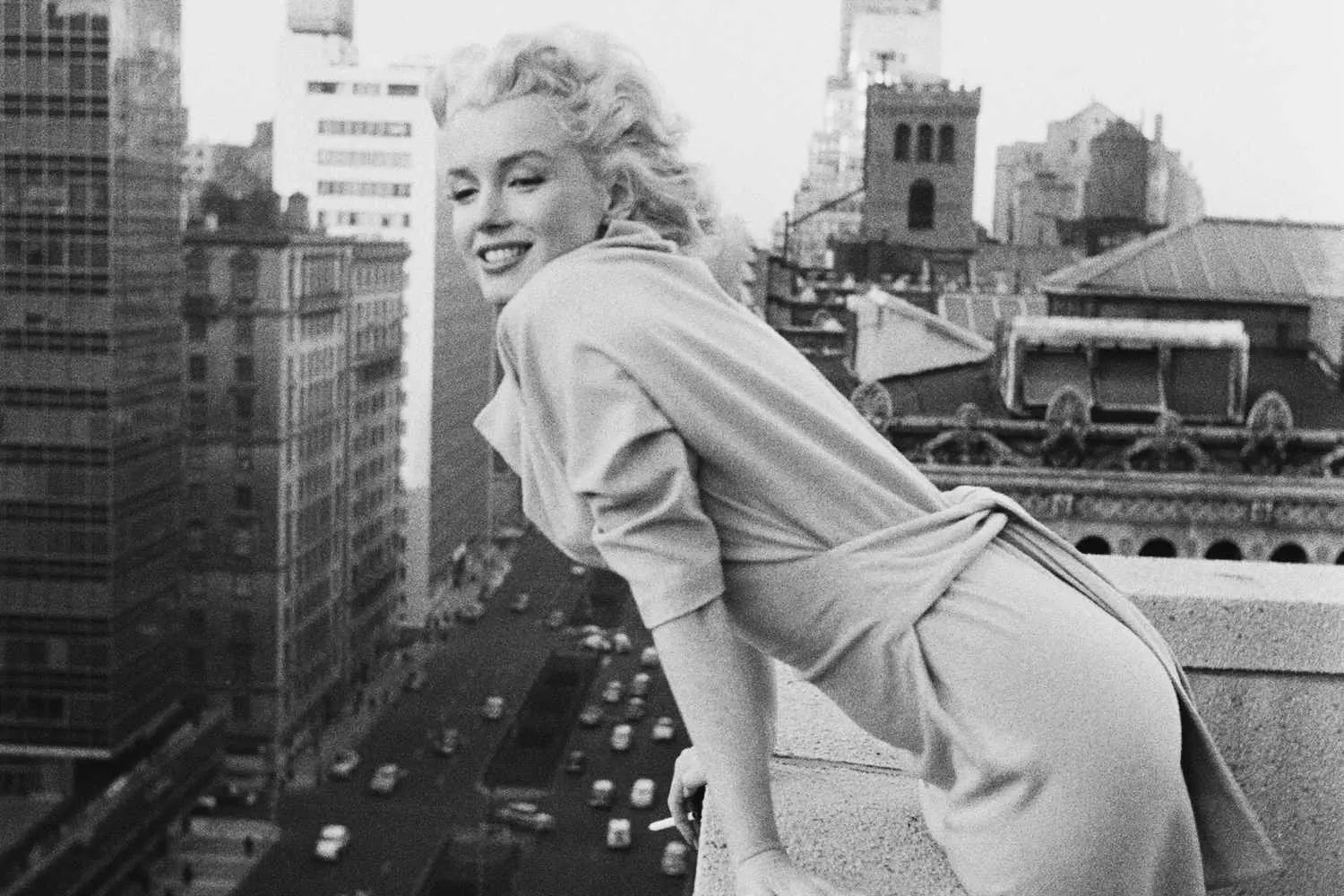
Marilyn in Film and Beyond
Marilyn Monroe played more than thirty roles on the big screen, and although many of them have forever entered Hollywood’s golden archive, her influence extends far beyond cinema. Her name is not just a brand; it is a symbol of an era that helped change society’s perception of women and their roles.
- 01. Hollywood career: more than just a blonde
Many remember Marilyn as the embodiment of the "dumb blonde" stereotype, but behind this bright facade was a deeply thoughtful and determined woman. Her acting career began with small roles, but Marilyn constantly improved — taking acting lessons, learning singing and dancing, striving to break away from a monotonous typecast.
Films like Some Like It Hot and The Seven Year Itch cemented her status as a sex symbol, but later she increasingly turned to dramatic roles. Her work in The Misfits and The Prince and the Showgirl showed that Monroe could be not only seductive but also a deep and serious actress. - 02. Pioneer in women’s sexuality
In an era when society was far more conservative, Marilyn openly expressed her sexuality, emphasizing that a woman has the right to enjoy her nature and control her own body. Her image in film and life embodied freedom and courage, inspiring many women to rethink their own identities.
Her openness and sincerity challenged established norms and stereotypes. Marilyn was unafraid to express her thoughts about desires, love, and relationships, making her a symbol of the sexual revolution of the 1950s and 60s. She was the first to bring female sexuality out of the shadows, making it part of the public dialogue. - 03. The right to career and independence
Monroe was not limited to the role of a passive beauty — she actively fought for her place in the world of cinema and business. In 1955, she founded her own production company, Marilyn Monroe Productions, which was a true breakthrough for a woman in Hollywood at the time. This step gave her control over role selection and working conditions — a rarity for actresses of that period.
This independence became an important example for future generations, showing that a woman can be not only a screen star but also a successful businesswoman and the creator of her own destiny. - 04. A voice on mental health issues
One of the lesser-known but significant aspects of her life was her openness about mental health problems. Marilyn suffered from depression, anxiety, and dependence on medication but did not hide it, which was rare in her time. She tried to break the taboo around mental health topics, making them part of the public conversation.
Her struggle with inner demons and attempts to maintain personal integrity make her even more human and relatable to many people. Because of this, Marilyn became a symbol not only of glamour but also of vulnerability and strength simultaneously.
Muse of Andy Warhol and pop art icon
One of the most famous examples of Monroe’s influence on contemporary art is her portrait created by Andy Warhol — one of the leading figures of pop art. The bright, vividly colored images of her face became an icon of this movement, symbolizing mass culture and the commercialization of celebrity imagery.
Warhol managed to show Marilyn not only as a glamorous actress but also as a product of the media era, where image and reality intertwine and turn into cult. This perspective of Monroe as a symbol of an era made her eternal and recognizable far beyond cinema.
Today, Marilyn’s face can be seen literally everywhere: on posters, T-shirts, sneakers, cosmetics, and accessories. Her legendary smile and recognizable style have become an integral part of the visual language of fashion and advertising. Brands from both high-end and mass markets draw inspiration from her image, creating collections that emphasize elegance, femininity, and boldness.
World-renowned designers such as Jean-Paul Gaultier, Karl Lagerfeld, and Donatella Versace have repeatedly referenced Marilyn’s aesthetic in their shows. Silk dresses, blonde curls, and red lipstick — all of this has become a classic without which the fashion industry is unimaginable.
Musicians and music video directors also draw inspiration from her image. From Madonna and Mariah Carey to contemporary stars, many artists use Monroe’s stylistics to add a touch of retro glamour and charisma to their performances.
The image of Marilyn Monroe is constantly reinterpreted and renewed in popular films, TV series, literature, and art. She becomes not only a symbol of beauty and glamour but also an object of deep analysis — as a woman struggling with inner demons, an icon who endured personal tragedies.
Film scholars and critics view her work and biography as reflections of complex social processes of the mid-20th century — issues of women’s roles, media manipulation, and cultural stereotypes. Numerous documentaries and biographies continue to sustain interest in her life and personality.
Science and feminism: studying the Monroe phenomenon
Scholars from various disciplines — sociologists, cultural theorists, psychologists — actively study the phenomenon of Marilyn Monroe. Her life and image serve as a vivid example of the mass media’s influence on shaping public opinion and stereotypes about women.
Special attention is given to her role in the development of feminism. Although Monroe was often perceived as a sex symbol and an object of the male gaze, many researchers emphasize her striving for independence, her fight for a career, and the right to control her own life. Her story serves as an example of how women can use their appearance and charm not only as a tool but also as an instrument of influence and self-realization.
Thus, Marilyn Monroe is not just a Hollywood legend but a multifaceted cultural phenomenon whose influence extends from art and fashion to science and social movements. She remains a source of inspiration, a symbol of change, and a complex female destiny that continues to resonate in the hearts of people worldwide.
"I can be ambitious and still be feminine" — Marilyn Monroe.
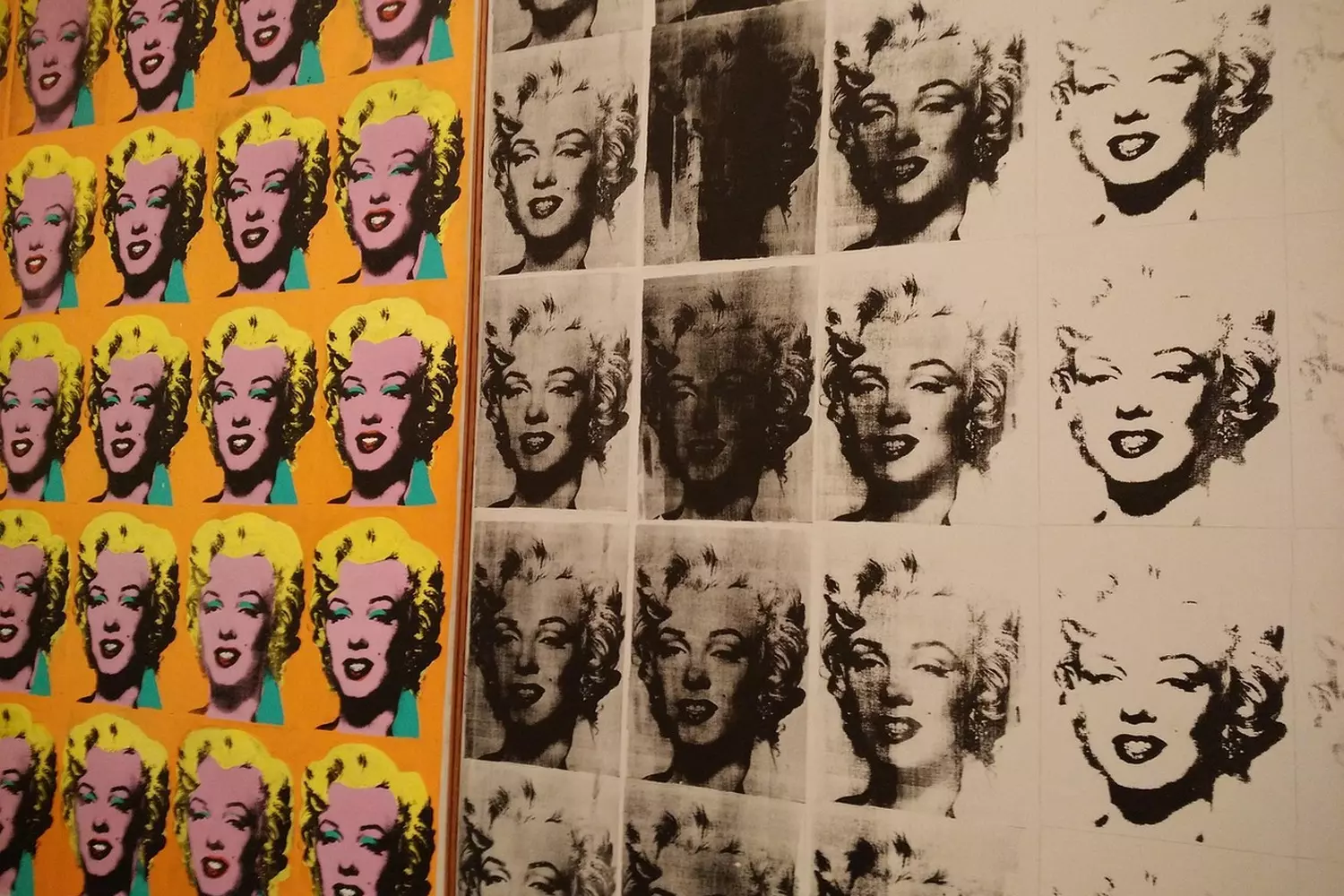
Marilyn Monroe: Unsolved Mysteries and Shocking True Stories
She was more than just a sex symbol of her era — Marilyn Monroe became a phenomenon, a myth, and an eternal mystery. Her life reads like a Hollywood thriller: dizzying heights, secret affairs, unexplained coincidences, and a tragic ending that leaves more questions than answers.
But behind the dazzling smile and sultry gaze was another Marilyn — intelligent, vulnerable, ahead of her time. She carried so many paradoxes within her that even today, decades after her death, we continue to uncover new, astonishing truths.
Ready to learn what was hidden from the public? Here are the most incredible, sensational, and little-known stories from the life of a legendary woman. Some sound like fiction, but they are pure fact.
- 01. Stuttering and her “signature” voice
Since childhood, Monroe struggled with stuttering. A speech therapist taught her to speak softly and breathily — and thus, her famous sultry tone was born. However, during filming of her last movie, stress brought the speech defect back, and the project had to be suspended. - 02. She almost starred in “Breakfast at Tiffany’s”
Truman Capote, author of the novel, envisioned Monroe as Holly Golightly, but her mentor advised against it: “Don’t play a prostitute.” Capote later criticized the casting of Audrey Hepburn, believing she failed to capture the character’s essence. - 03. The “nude” Kennedy dress and a record auction
The gown adorned with 2,500 rhinestones in which Monroe sang “Happy Birthday” to John F. Kennedy was so tight it had to be sewn onto her. In 2016, it sold for $4.8 million — a record for any article of clothing. - 04. She hated diamonds despite the hit
Although her song “Diamonds Are a Girl’s Best Friend” became iconic, Monroe rarely wore jewels. Her favorite piece was a pearl necklace given by Joe DiMaggio. - 05. First Playboy cover for $50
A 1949 calendar photo of Monroe graced the debut issue of Playboy in 1953. She was paid $50 for the shoot, and Hugh Hefner bought the image for $500. He later purchased a burial plot next to hers. - 06. A talented “dropout”
Monroe never finished high school, but her personal library held 400 books, including works by Dostoevsky. She dreamed of playing Grushenka in “The Brothers Karamazov”, but the studio declined, calling her “too dumb a blonde.” - 07. She nearly drowned on set
In a scene from “The Seven Year Itch” (1955), where Marilyn’s dress is blown by air from a subway grate, the fans were so strong she was nearly sucked into the shaft. The scene took 42 takes to get right. - 08. Her IQ was higher than Einstein’s
Tests showed Monroe had an IQ of 168 (compared to Einstein’s 160). Yet Hollywood typecast her as a “dumb blonde,” hiding her intellect. - 09. She filmed in the USSR… but the movie was destroyed
In 1959, Monroe visited Moscow for a festival. She was invited to appear in a Soviet comedy, but after a scandal with Nikita Khrushchev (who called her “vulgar”), all footage was burned. - 10. Secret romance with Chaplin Jr.
Before her affairs with Joe DiMaggio and Arthur Miller, Marilyn had a romance with Charlie Chaplin Jr. — son of the legendary comedian. The relationship was kept secret to protect her image. - 11. She hated her iconic beauty mark
The mole above her lip became her trademark, but Monroe wanted it removed. Makeup artists convinced her to keep it — later, thousands of fans even drew on fake “beauty spots” in her style. - 12. Last phone call — to the mafia?
Hours before her death, Monroe called a friend and said: “If something happens to me, investigate.” Her telephone disappeared from the house the very next day. - 13. Marilyn’s ghost in the “Hollywood Hotel”
Staff at the hotel where she lived claim her spirit still sings in the lobby — especially on her birthday (June 1) and the day she died (August 5). - 14. NASA wanted to send her photo into space
In 1962, the agency planned to launch a capsule with celebrity images for “extraterrestrial civilizations.” Monroe’s picture made the shortlist, but the project was shelved after her death. - 15. FBI undercover agent
Declassified documents revealed Monroe cooperated with the FBI in the 1950s, providing information on Hollywood stars’ ties to communists. Later, she herself was surveilled due to her relationships with the Kennedys. - 16. First-ever breast implants
In 1950, Dr. Lippman developed custom silicone implants for Monroe. The technology remained secret for 15 years, and her measurements (89-56-89) became the medical ideal of “perfect proportions.” - 17. Missing suitcase of manuscripts
After her death, a suitcase containing her poems and philosophical notes vanished. In the 1990s, a collector claimed to have it, but tests showed they were clever forgeries. The originals remain lost. - 18. $10 million hologram projection
In 2012, Pulse Evolution created a 3D hologram of Monroe to perform with modern stars. The technology cost more than all her lifetime film earnings combined. - 19. Genetic experiment
Recently declassified CIA files mention a program to create the “ideal woman.” Some researchers believe Monroe’s unusual beauty was the result of secret 1940s genetic experiments. - 20. Secret language with Einstein
In 1951, at a Princeton party, they spoke for four hours in a mix of German and Yiddish. Witnesses recalled Einstein later saying: “This woman understands relativity better than my assistants.”
Bonus
- After filming “Some Like It Hot” (1959), three crew members died under mysterious circumstances. Monroe wore a protective amulet on set and refused to film on Fridays.
- In 2009, a vial labeled “M.M. 1954” sold at auction for $150,000. The buyer claimed it contained her DNA, but never allowed testing.
- She collected Soviet stamps — gifts from her fans in the USSR.
- Monroe loved cooking, especially Italian pasta, and wore a black wig to walk around unnoticed.
- Long before Instagram, Marilyn invented her own method of taking selfies. She mounted a compact camera on a tripod and used mirrors to take pictures of herself. These sold at auction for tens of thousands of dollars.
- A gifted emerald ring she wore on the set of “Some Like It Hot” later brought misfortune to all its owners. Three of them died under strange circumstances.
- Her beautician developed a special mask for Monroe… made of shark sperm. It was meant to smooth wrinkles, but after a month, she quit — the smell was unbearable.
- In 1962, she recorded a duet version of “I Wanna Be Loved by You” with Elvis Presley. The tape was destroyed on the orders of his manager, Colonel Parker.
- After filming “Some Like It Hot” (1959), three crew members died mysteriously. Monroe wore a protective amulet on set and refused to film on Fridays.
- She was a virtuoso xylophone player! Monroe picked up the skill in an orphanage, but never publicized it.
- When her safe was opened after her death, it contained an envelope marked “To be opened in 2062.” Its contents remain unknown.
- On the day of her funeral, a black rose of unknown origin was placed in her casket with a note reading: “Now you belong to eternity.” DNA analysis in the 1990s showed the flower had been genetically modified.
These facts are like pieces of a mosaic from which a full portrait can never be assembled. The more we learn about Marilyn, the more mysterious she becomes…
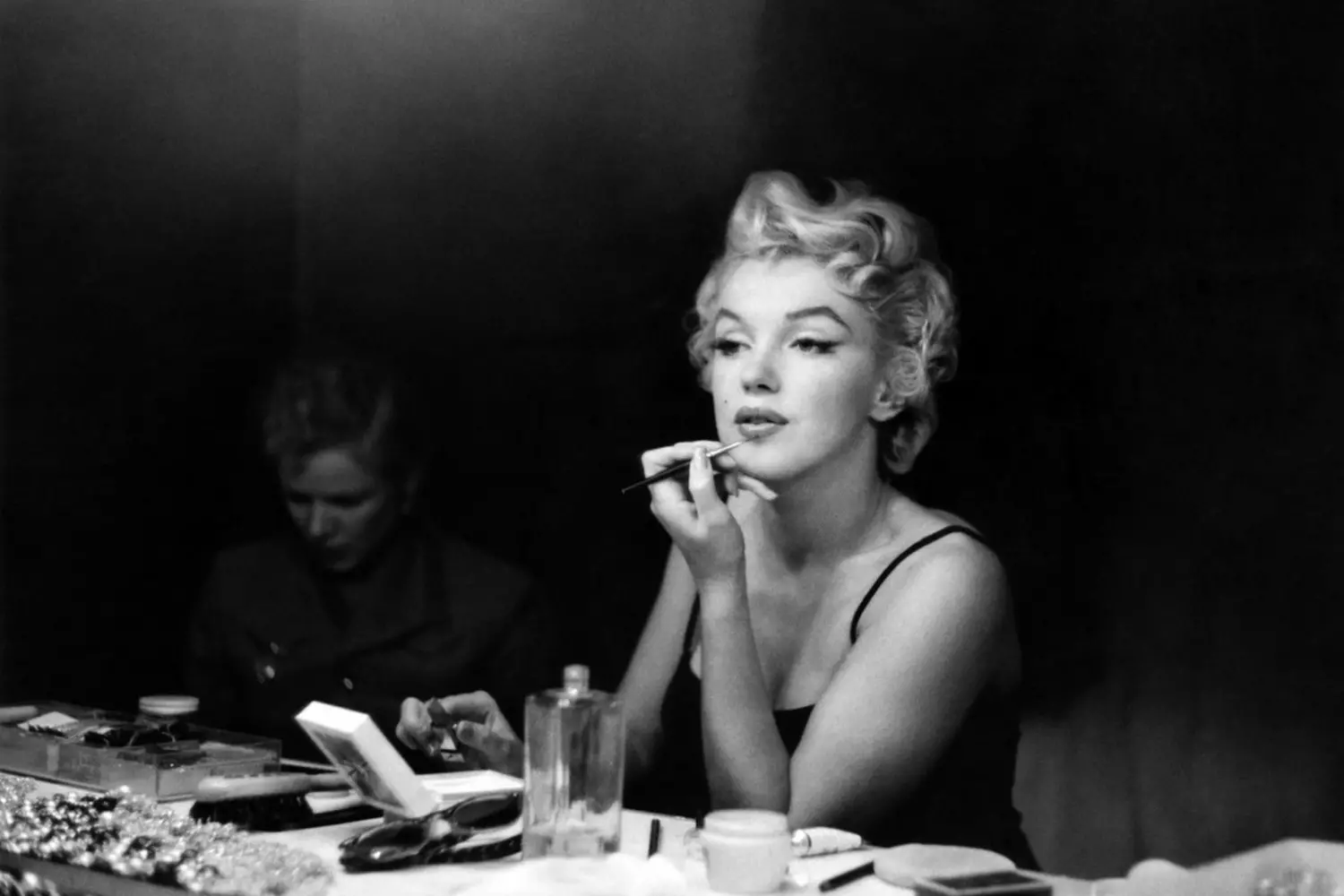
Get inspired and discover America with American Butler
Marilyn Monroe is more than a movie star — she is a cultural phenomenon that continues to influence fashion, art, and public consciousness. Her story reminds us that behind the glamorous surface often lies fragility and struggle — and at the same time, the powerful desire to be true to oneself.
If you want to truly feel the Hollywood era, understand what Marilyn lived for, and be inspired by her style, American Butler offers personalized tours to the iconic places of her life and fame. It’s not just a sightseeing tour — it’s a journey into legend.














